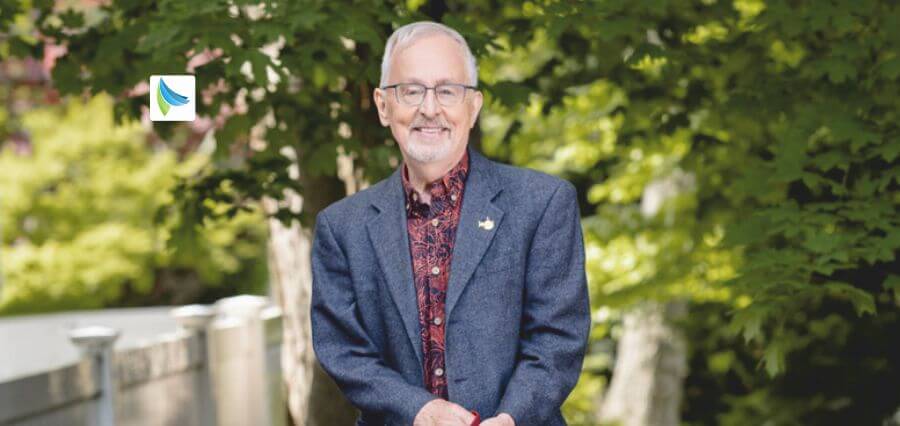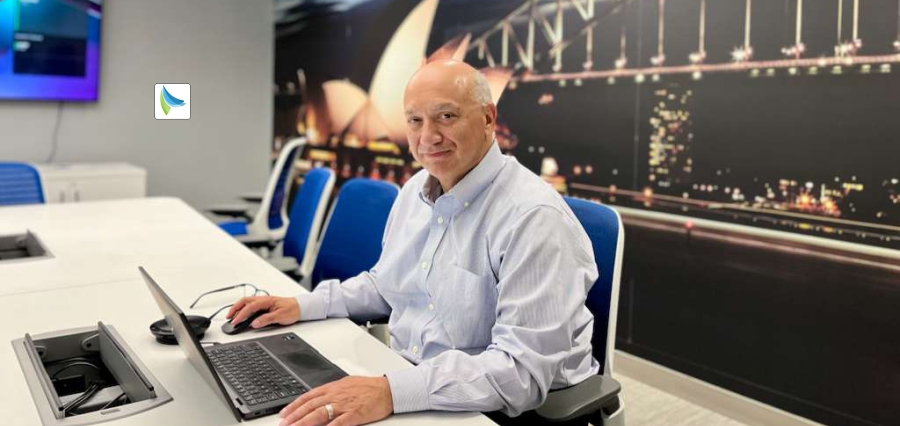In the vast expanse of academia, certain individuals stand out not merely for their scholarly excellence, but for the indelible impact they leave on institutions, students, and society. Richard Larson, known to many as the “unseen architect” of modern educational transformation and operations research, is one such figure. With over five decades of dedication to MIT and a global footprint in academic discourse, Larson represents a beacon of intellectual generosity and innovation.
Larson’s journey, from humble beginnings in New York to his illustrious career at MIT, mirrors the transformative power of education he so ardently advocates. His belief in education as an unstealable asset, and his drive to bridge academic silos, reshaped not only how students learn but also how institutions teach. In a world that often prioritizes output over insight, Larson focused on nurturing critical thinkers, lifelong learners, and visionary citizens.
This article traces the remarkable legacy of Professor Richard Larson, weaving through his life journey, groundbreaking contributions, enduring philosophies, and the countless lives he touched. As a mentor, researcher, and visionary, Larson did not just teach lessons—he redefined what it means to be an educator.
A Life Rooted in Curiosity and Purpose
Born in 1943 in Bayside, Queens, New York City, Richard Larson’s childhood was marked by transitions. His family moved to Pennsylvania and eventually settled in North Plainfield, New Jersey. Despite these relocations, a strong academic foundation was instilled early in his life. He graduated from Needham High School, Massachusetts, and went on to attend the Massachusetts Institute of Technology (MIT), where he earned his Bachelor’s, Master’s, and Ph.D. in Electrical Engineering.
From the outset, Larson showed a proclivity for interdisciplinary thought. He enjoyed physics for its logical clarity, avoided chemistry due to its complexity, and found biology daunting due to the sheer volume of details. Yet, it was his discomfort with academic compartmentalization that would shape his future: Larson believed in bridging gaps, not building walls.
Defying the Silos: An Interdisciplinary Vision
Richard Larson often described his career trajectory as one that consistently transitioned across the bridge of academic disciplines. He resisted the idea of becoming a traditional physicist, wary that it might restrict his broader aspirations in teaching and research. His curiosity wasn’t limited to one domain. Instead, he envisioned a career that would crisscross the landscapes of engineering, social sciences, data systems, and public policy.
He began his academic teaching career in Electrical Engineering but soon expanded into interdisciplinary departments such as MIT’s Institute for Data, Systems, and Society (IDSS). He taught in five different home departments at MIT—a testament to his diverse academic fluency and commitment to breaking intellectual silos.
MIT and the Evolution of a Teaching Icon
Professor Larson’s association with MIT is not just long-standing; it’s legendary. For over 55 years, he served as a faculty member, touching lives across various departments and initiatives. It all began at the age of 18, when a young Larson received an acceptance letter from MIT. Initially convinced it was a mistake, he only believed it after the university staff confirmed its legitimacy.
This moment, which he jokingly refers to as the “Groucho Marx Syndrome,” became a defining one. It marked the beginning of a lifelong relationship with MIT, where he would mentor generations of students, build innovative educational models, and challenge conventional academic norms.
The Power of Mentorship: Changing Lives One Student at a Time
Among Larson’s most cherished memories is the story of a student who, disheartened by a poor grade, visited his office intending to drop out of class. Larson, instead of dismissing the student’s concerns, chose to engage in a heartfelt discussion. Through empathy, encouragement, and personalized mentorship, he helped the student stay the course. The same student later transformed into a top performer.
These encounters were not anomalies. They reflected Larson’s enduring belief in the potential of every student. His mentorship style was never about hierarchy but about collaboration, commitment, and compassion. He saw education not just as instruction but as a deeply personal mission.
Architect of the Invisible Profession: Operations Research
Richard Larson has often called Operations Research (OR) the “world’s most important invisible profession.” He brought this discipline to life through practical, real-world applications—from pandemic modeling and urban service logistics to smart energy systems and disaster planning.
As president of ORSA (1993-94) and later INFORMS (2005), Larson worked to raise the profile of OR and highlight its critical role in addressing societal challenges. His efforts extended beyond boardrooms and conferences; he embedded OR into educational curriculums, policy recommendations, and public discourse.
Blossoming New Ideas: The MIT BLOSSOMS Initiative
One of Professor Larson’s proudest ventures is the MIT BLOSSOMS (Blended Learning Open Source Science or Math Studies) Initiative. As its principal investigator, he sought to revolutionize STEM education globally. The initiative offered free, high-quality video lessons to high school students worldwide, emphasizing interactive learning and cross-cultural collaboration.
BLOSSOMS not only extended MIT’s intellectual reach across borders but also democratized education for under-resourced communities. It showcased Larson’s unwavering commitment to educational equity and technological empowerment.
Awards, Recognition, and Global Impact
Larson’s scholarly contributions are monumental. His first book, Urban Police Patrol Analysis, won the prestigious Lanchester Prize. His research papers, including those on H1N1 vaccine distribution and the STEM workforce dilemma, received Best Paper of the Year awards and were widely cited in both academia and government circles.
In 2015, he was awarded the Lawrence M. Klein Award by the U.S. Department of Labor and featured in the New York Times. These accolades are more than personal triumphs—they symbolize his ability to transform theory into impactful practice.
Teaching as a Lifelong Experiment
For Richard Larson, teaching was never static. It evolved with platforms, technologies, and student needs. However, one thing remained unchanged: the desire to engage. He found joy in teaching airline scheduling, queuing theory, and other OR topics in a manner that students found both relatable and exciting.
He believed the best classrooms were those where questions flowed freely and curiosity was rewarded. His lectures were less about dissemination and more about discussion. His philosophy: students must become critical thinkers who shape, not just follow, the future.
Visionary Leadership: More Than Just Administration
When asked to define a visionary leader, Larson emphasized the role of educators in cultivating independent, responsible, and informed global citizens. According to him, visionary leaders are those who chart new paths, often against the tide, to pave the way for transformative change.
He admired students who asked questions, doubted norms, and pursued knowledge for the sake of societal betterment. This, to Larson, was the essence of true education: not conformity, but courage.
Building a Legacy of Purpose and Passion
As he reflects on his career, Professor Larson wishes to be remembered not just as an academic or mentor but as someone who brought consistent value to his field. He hopes his students, now scattered across academia, industry, and government, carry forward the same passion for learning and innovation.
He sees his contributions to operations research, education reform, and mentorship as parts of a larger mission: to build a smarter, fairer, and more responsive world. His legacy is thus not confined to books or classrooms but lives on in the minds he has ignited.
A Timeless Inspiration
Richard Larson’s life and career stand as a towering example of how one person, through sustained effort and boundless vision, can change the trajectory of education and research. His story is not just that of a professor, but of a pioneer, a mentor, a reformer, and a visionary.
In a world desperately seeking direction, leaders like Larson provide a compass. They remind us that education is not merely a pathway to a job, but a lifelong ladder to meaning, purpose, and contribution. Professor Larson may have stepped out of his teaching roles, but his influence continues to shape generations.
Indeed, the unseen architect has built something truly timeless.














